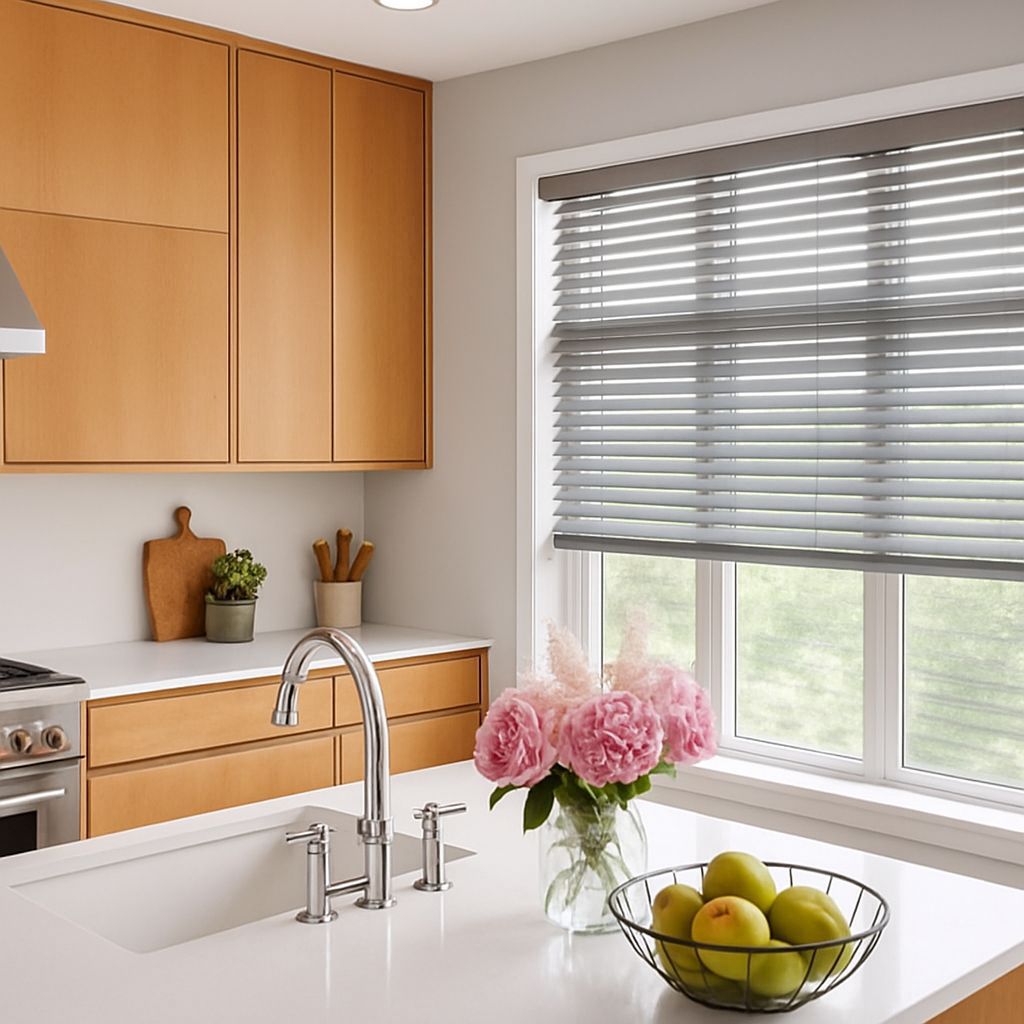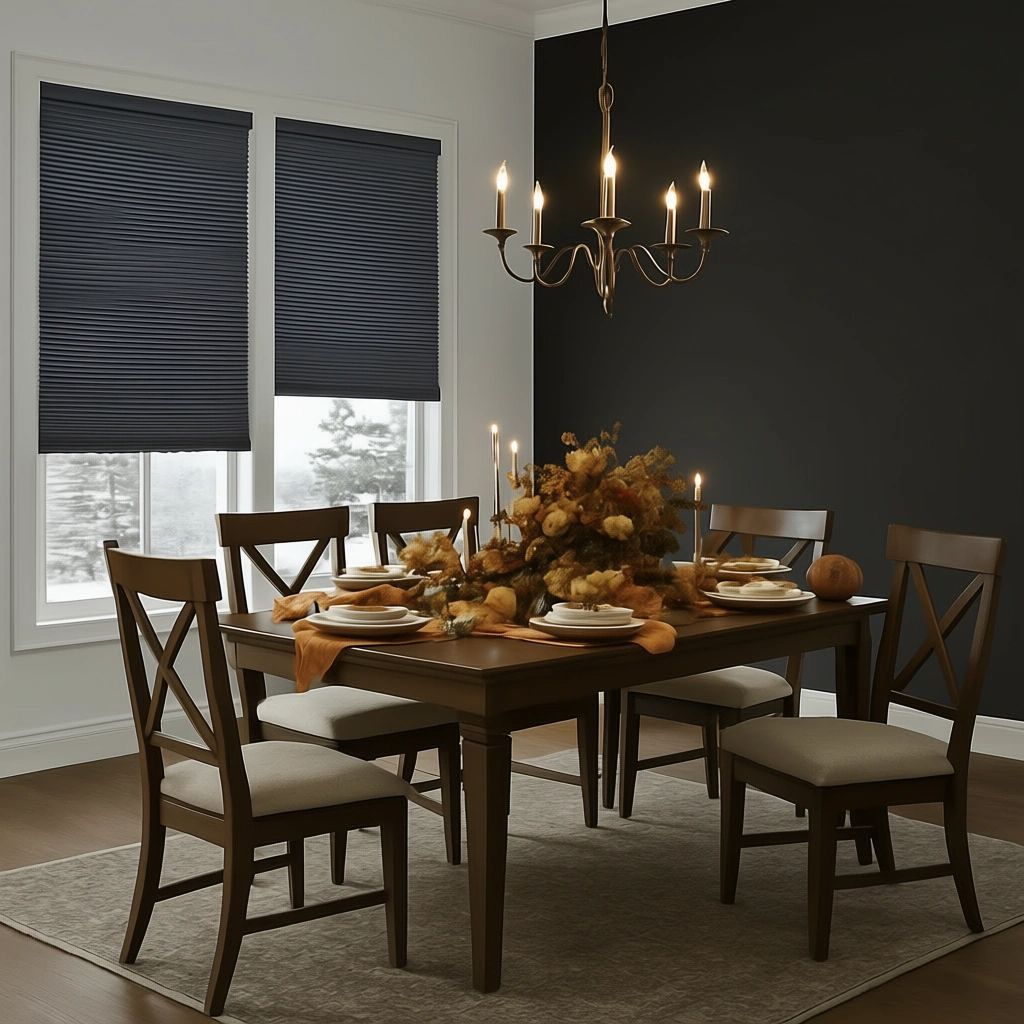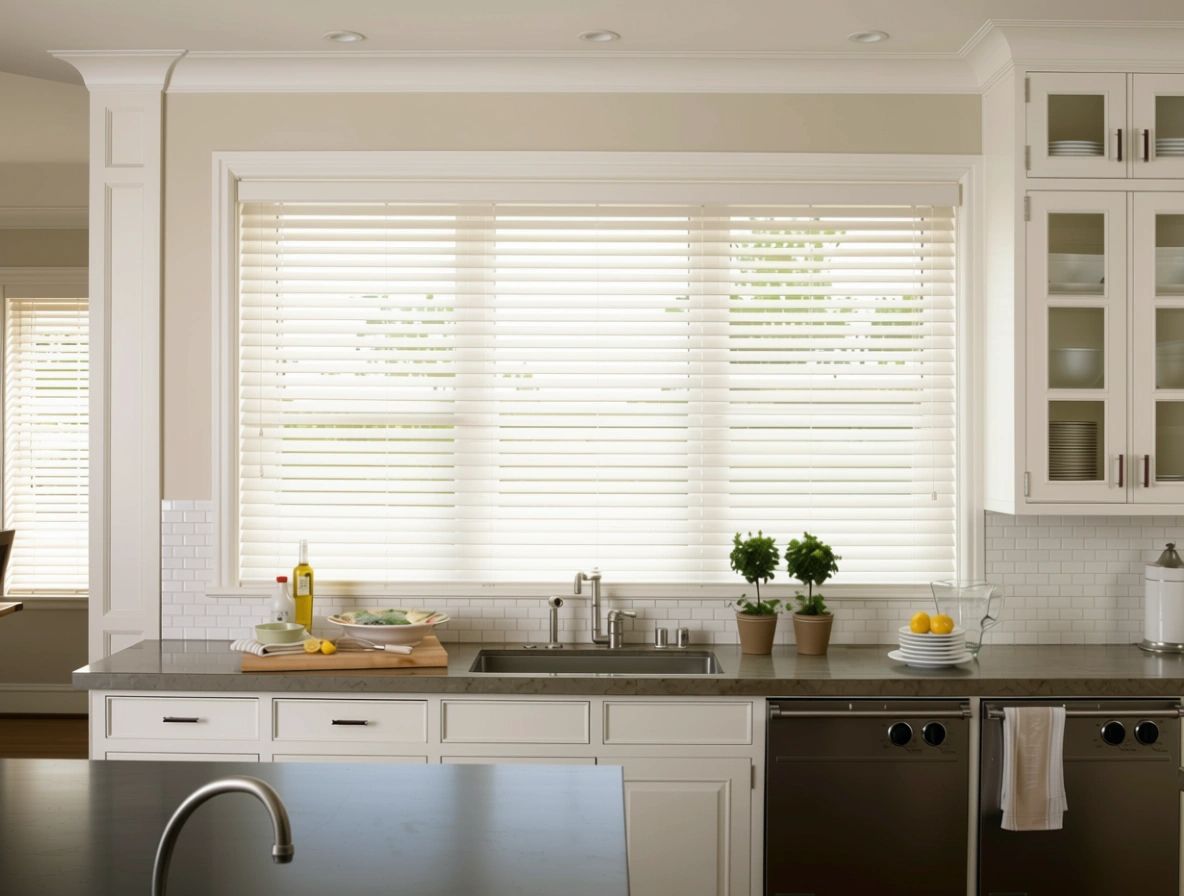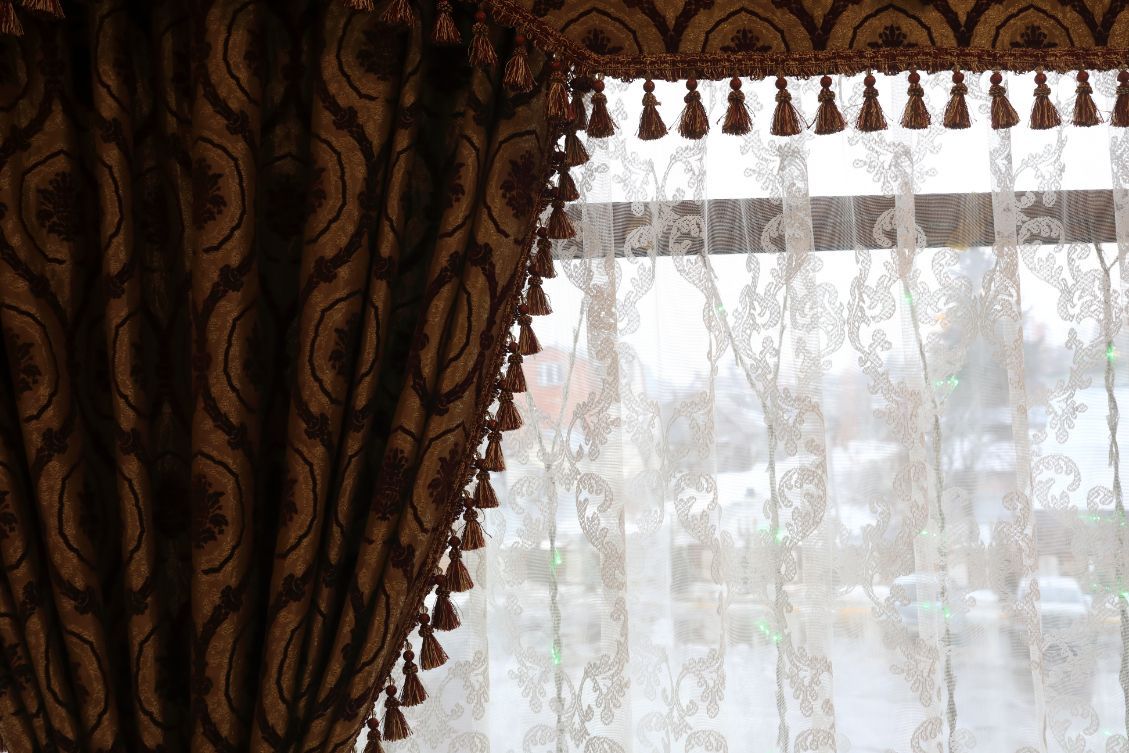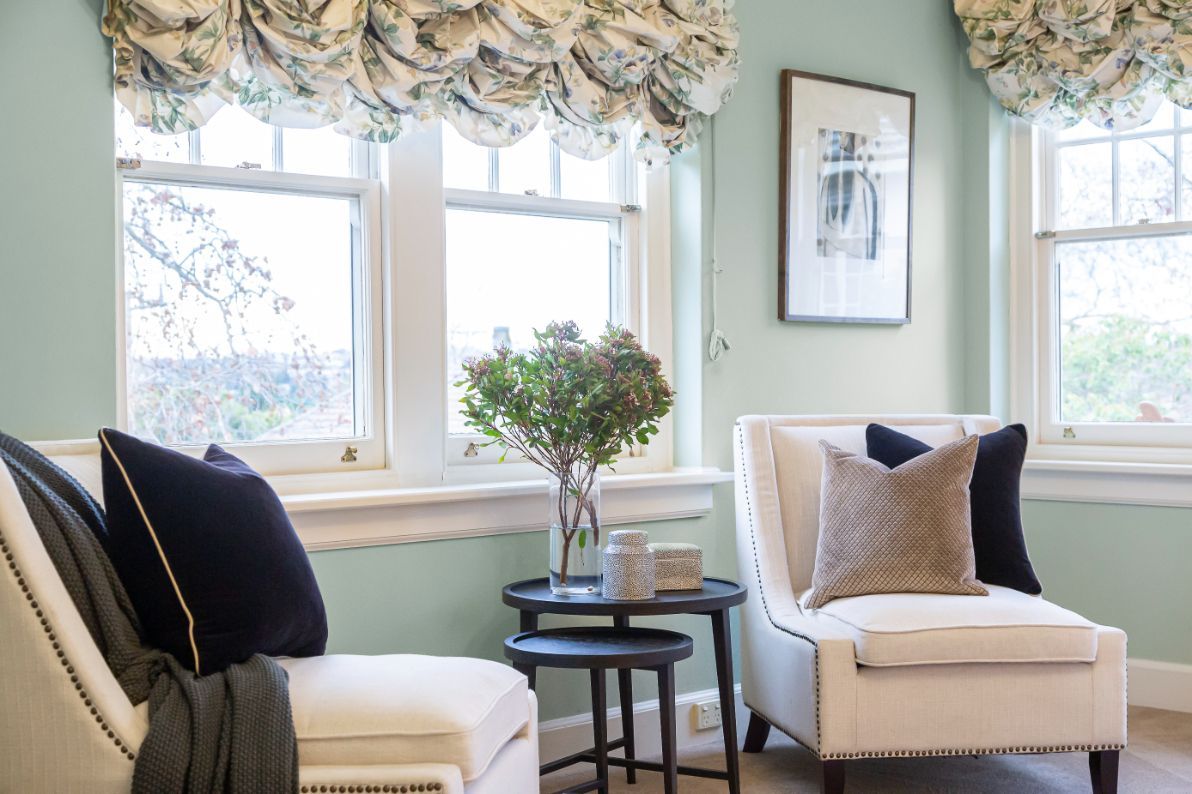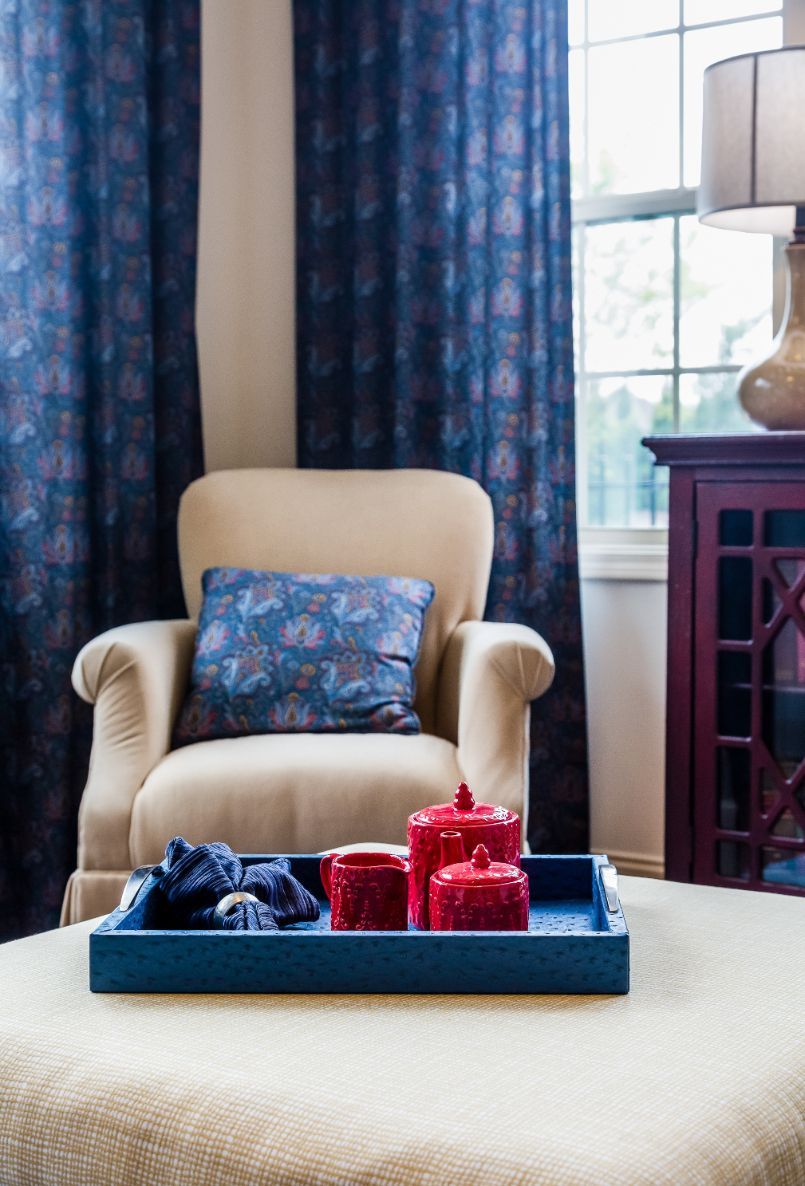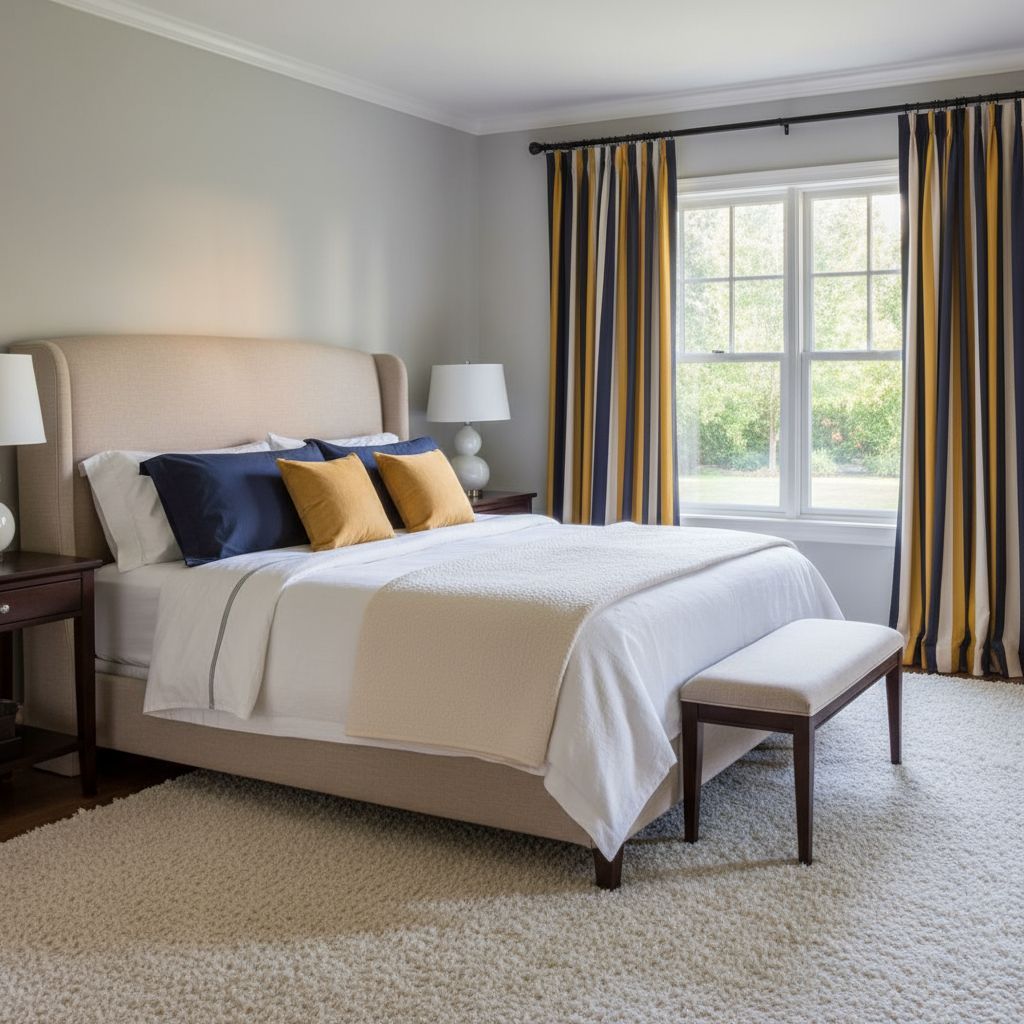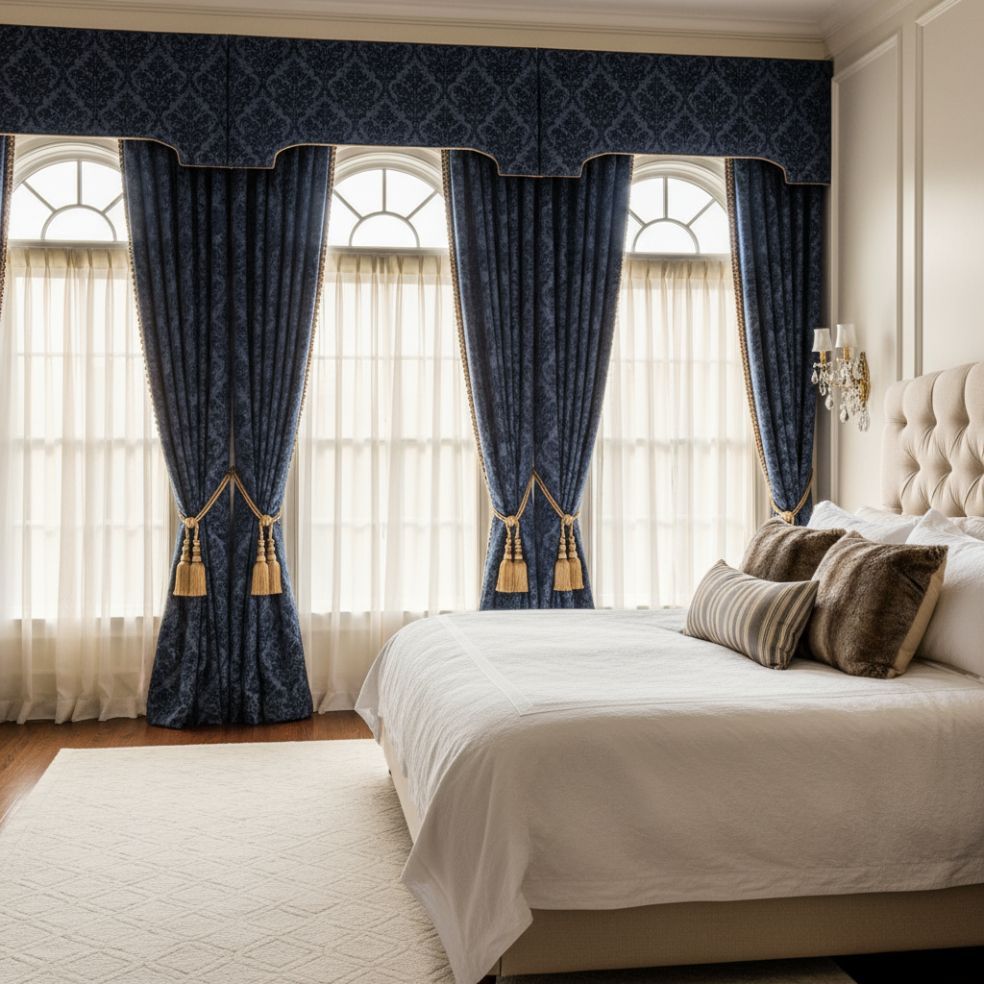How to Choose Between Blinds, Shades, Shutters, and Curtains
TLDR;
Choosing between blinds, shades, shutters, and curtains depends on your needs for light control, privacy, style, durability, and budget. Blinds offer precise light control, shades provide soft light filtering, shutters add long-term value and insulation, and curtains bring style flexibility and warmth.
Choosing the Right Window Treatment for Your Needs
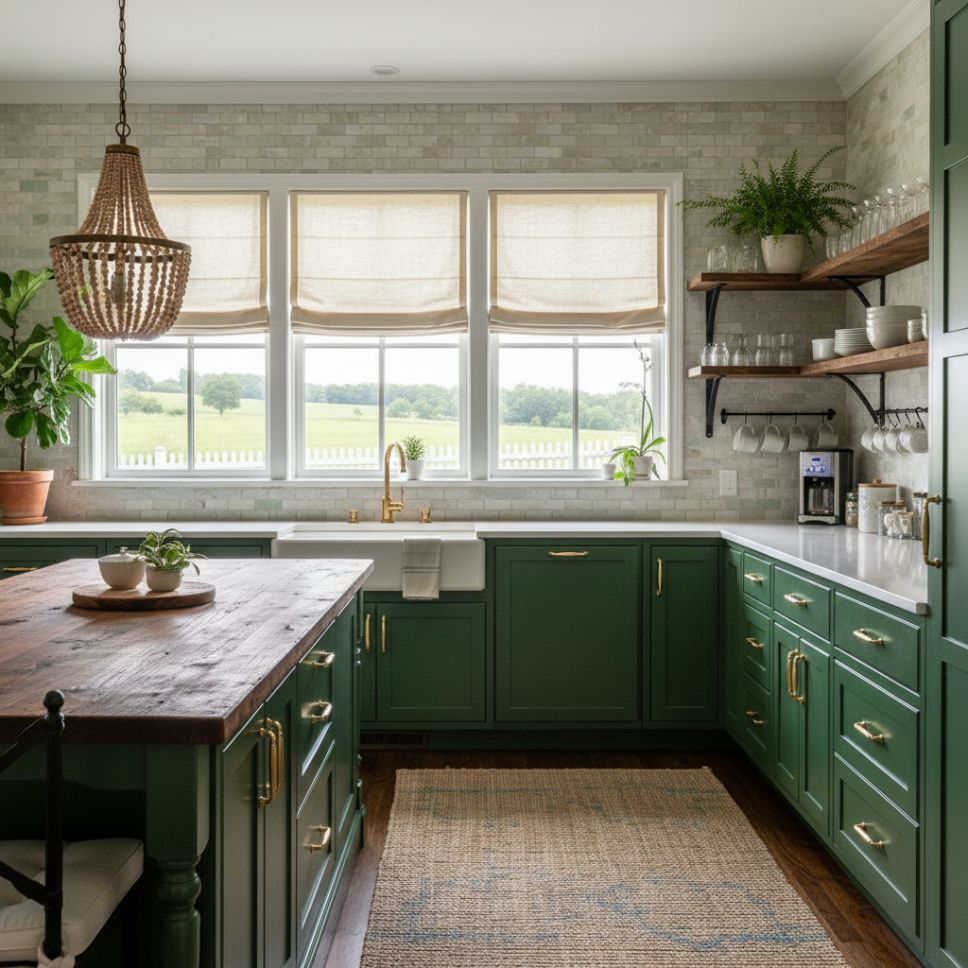
When selecting between blinds, shades, shutters, and curtains, start with your main priorities.
Ask yourself:
- How much light control do you need?
- Is privacy a top concern?
- Do you want low-maintenance or high-style?
- What is your budget and timeline?
A clear understanding of these factors will guide you toward the right solution.
Love Is Blinds KY recommends focusing on function first, then style.
Blinds
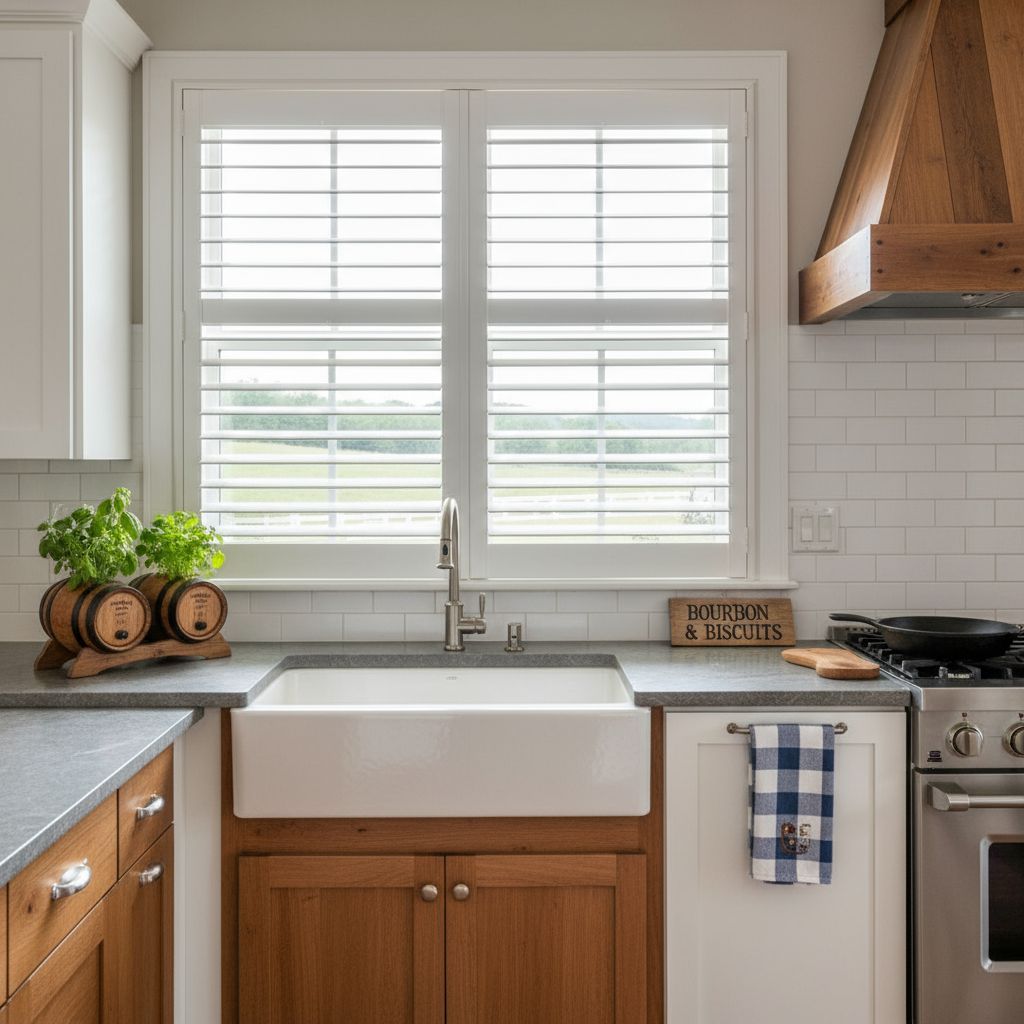
What Are Blinds
Blinds are window coverings made of horizontal or vertical slats, usually wood, faux wood, aluminum, or vinyl. The slats tilt to control light and privacy.
Pros
- Adjustable for precise light control
- Available in a wide range of materials and colors
- Affordable for most budgets
- Easy to replace or update
Cons
- Slats collect dust and need regular cleaning
- Corded models present child safety risks unless replaced with cordless options
- Less insulation compared to shutters or lined curtains
Best Uses
- Kitchens, where moisture-resistant faux wood is ideal
- Home offices, for quick light adjustment during the day
- Rental properties needing affordable, replaceable solutions
Shades
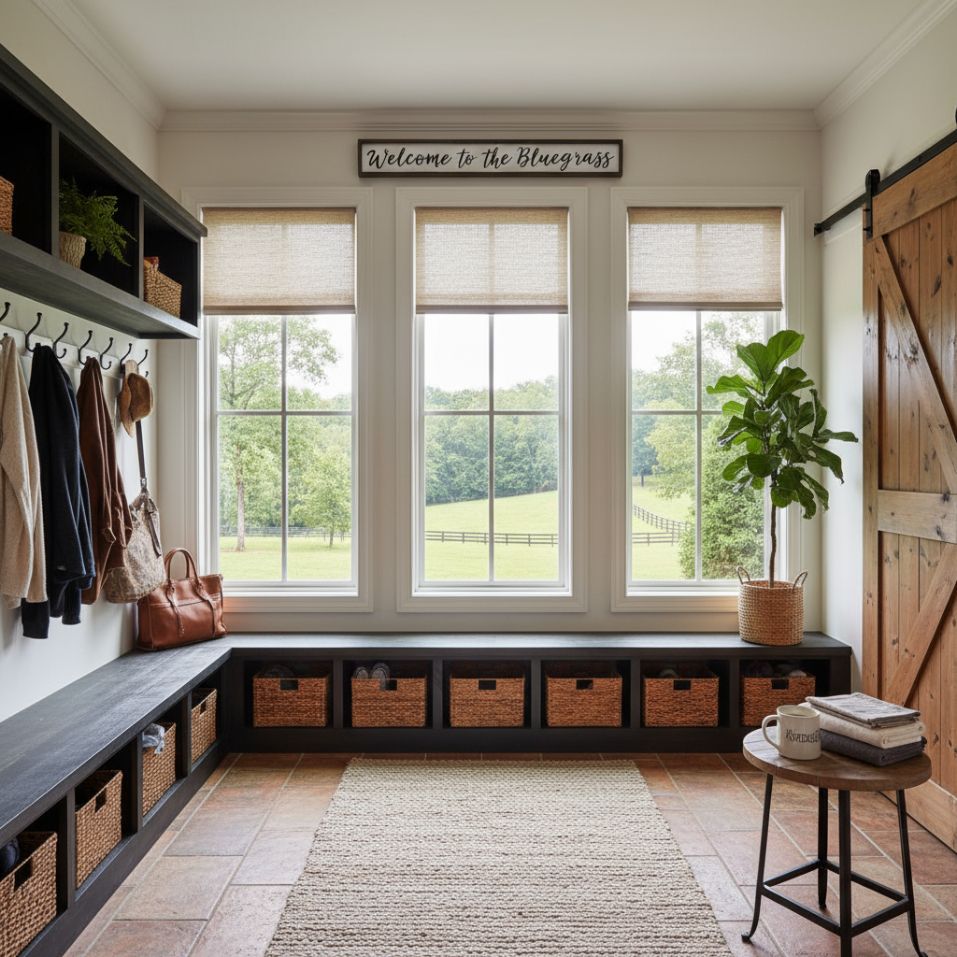
What Are Shades
Shades are made from a continuous panel of fabric or woven material that rolls, folds, or stacks when raised. Popular types include roller, Roman, cellular, and pleated shades.
Pros
- Softens natural light for a comfortable look
- Many fabric choices for color and texture
- Cellular shades improve insulation
- Blackout options for bedrooms and media rooms
Cons
- Less precise light control than blinds or shutters
- Fabric can stain and may require spot cleaning
- Not as durable as shutters
Best Uses
- Bedrooms for blackout or light-filtering
- Living rooms for layering with curtains
- Nurseries with cordless, insulating designs
Shutters
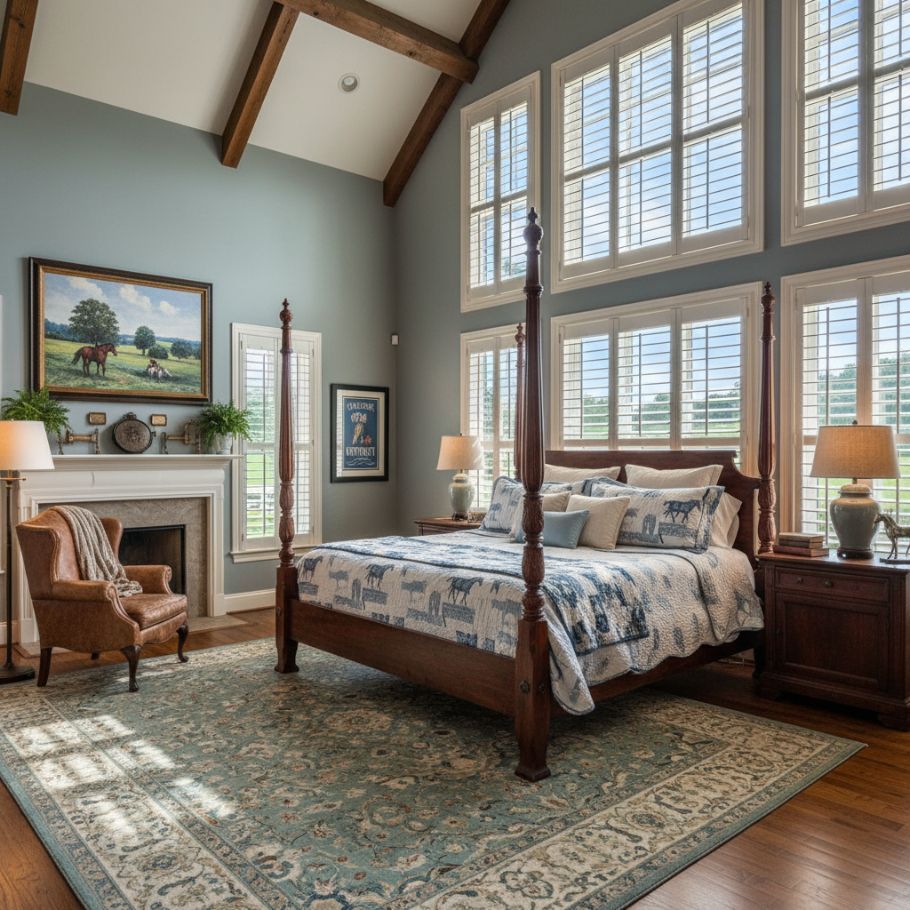
What Are Shutters
Shutters are solid frames with adjustable louvers made from wood, composite, or vinyl. They mount directly to the window frame, adding a built-in look.
Pros
- Exceptional durability, often lasting decades
- Excellent privacy and light control
- Improves insulation and noise reduction
- Boosts property value and curb appeal
Cons
- Higher upfront cost
- Professional installation usually required
- Limited flexibility if you change decor often
Best Uses
- Street-facing windows for curb appeal
- Bedrooms for noise control and insulation
- Kitchens with moisture-resistant vinyl or composite options
Curtains
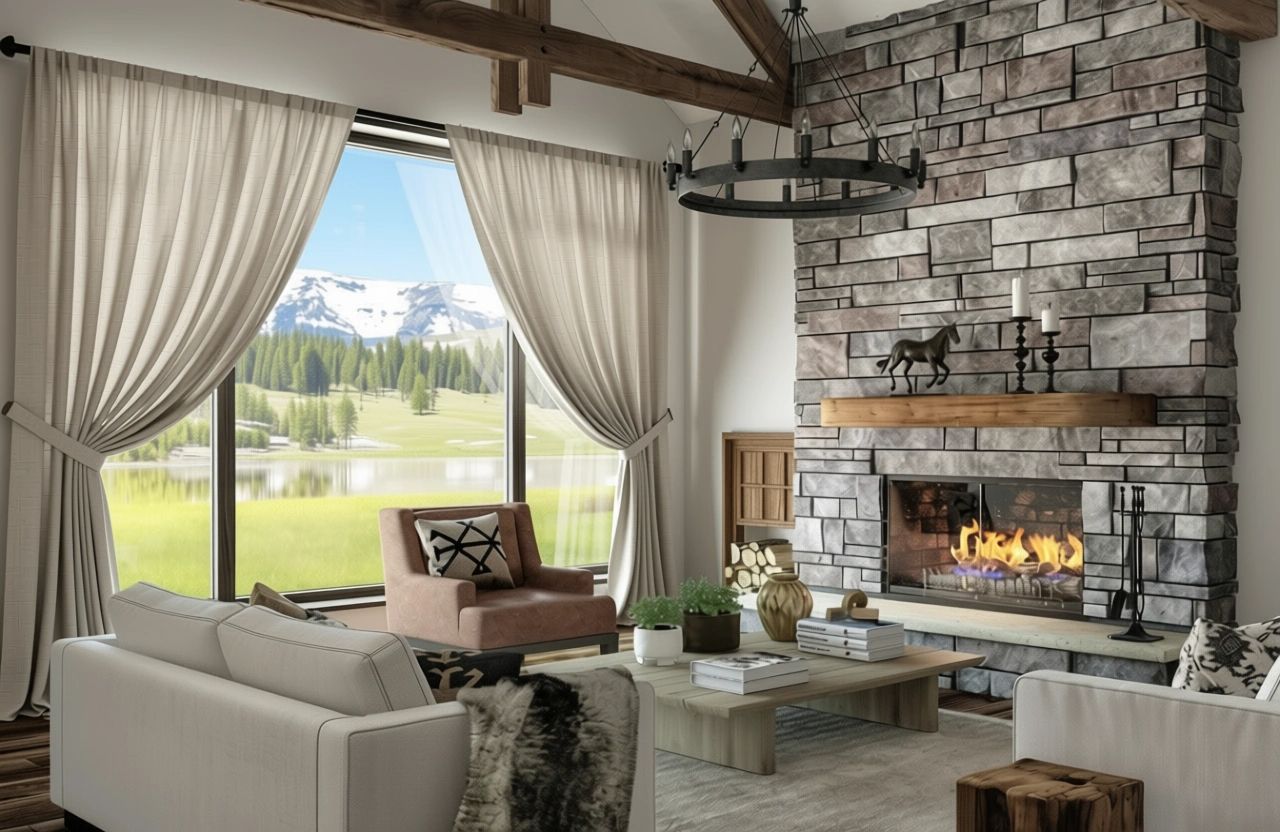
What Are Curtains
Curtains are fabric panels hung on a rod. They come in many styles such as pleated, grommet, tab-top, and cafe curtains.
Pros
- Endless design possibilities
- Adds softness and warmth to a room
- Can be layered for better light and privacy control
- Easy to change for a seasonal update
Cons
- Requires washing or dry cleaning
- May not block light completely unless lined
- Not as durable as shutters
Best Uses
- Living rooms for style and softness
- Bedrooms for blackout and noise reduction when layered
- Dining rooms for a formal or cozy look
Head-to-Head Comparison Table
| Feature | Blinds | Shades | Shutters | Curtains |
|---|---|---|---|---|
| Cost | Low-Mid | Mid | High | Low-Mid |
| Light Control | Precise | Moderate | Excellent | Variable |
| Privacy | Good | Good | Excellent | Variable |
| Insulation | Low | Medium-High (cellular) | High | Medium (lined) |
| Durability | Medium | Medium | High | Medium-Low |
| Style Flexibility | High | High | Medium | Very High |
| Child Safety | Cordless options best | Cordless options best | Safe | Safe |
Overlooked Factors to Consider
Cord Safety in Blinds
Opt for cordless or motorized blinds to prevent hazards for children and pets.
Noise Reduction with Shutters
Shutters can reduce street noise, especially solid wood or composite options.
Layering Options
Pair curtains with blinds or shutters for both function and style.
Room-Specific Recommendations
Different rooms have different priorities. Match the treatment to the space.
Thermal Comfort
Cellular shades and shutters are the top performers for insulation.
When to Choose Each Option
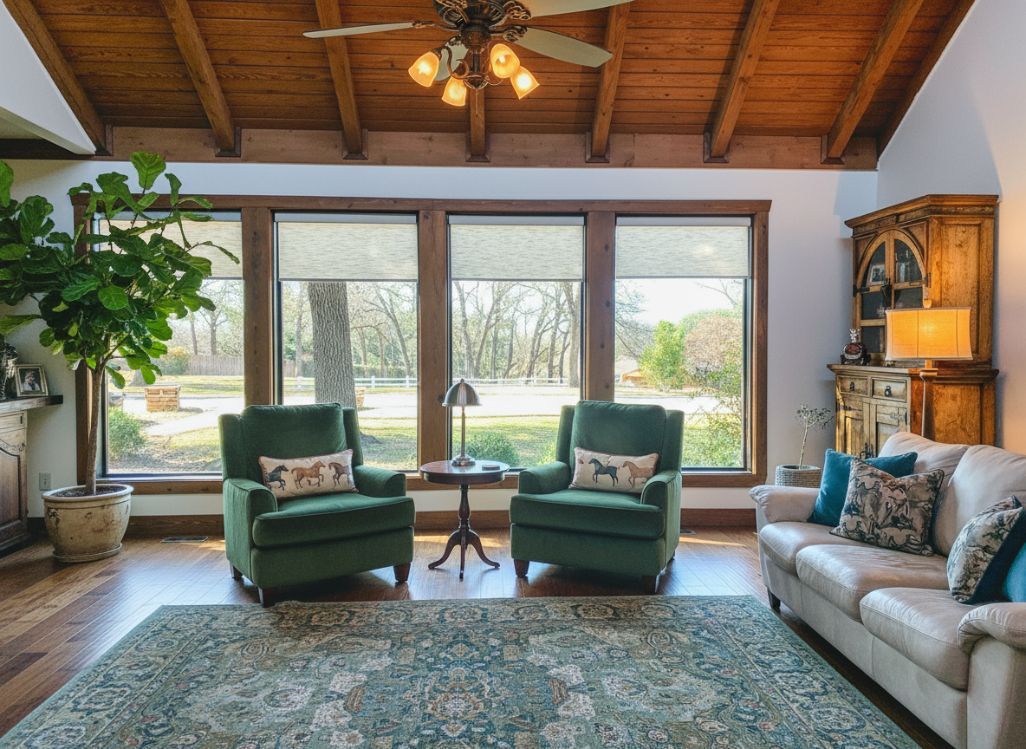
- Blinds: When budget and adjustability matter most
- Shades: For soft, modern style and insulation
- Shutters: For long-term investment, noise reduction, and maximum privacy
- Curtains: When you want flexibility and visual warmth
- Layered Solutions: For the best balance of function and style
Room-by-Room Recommendations
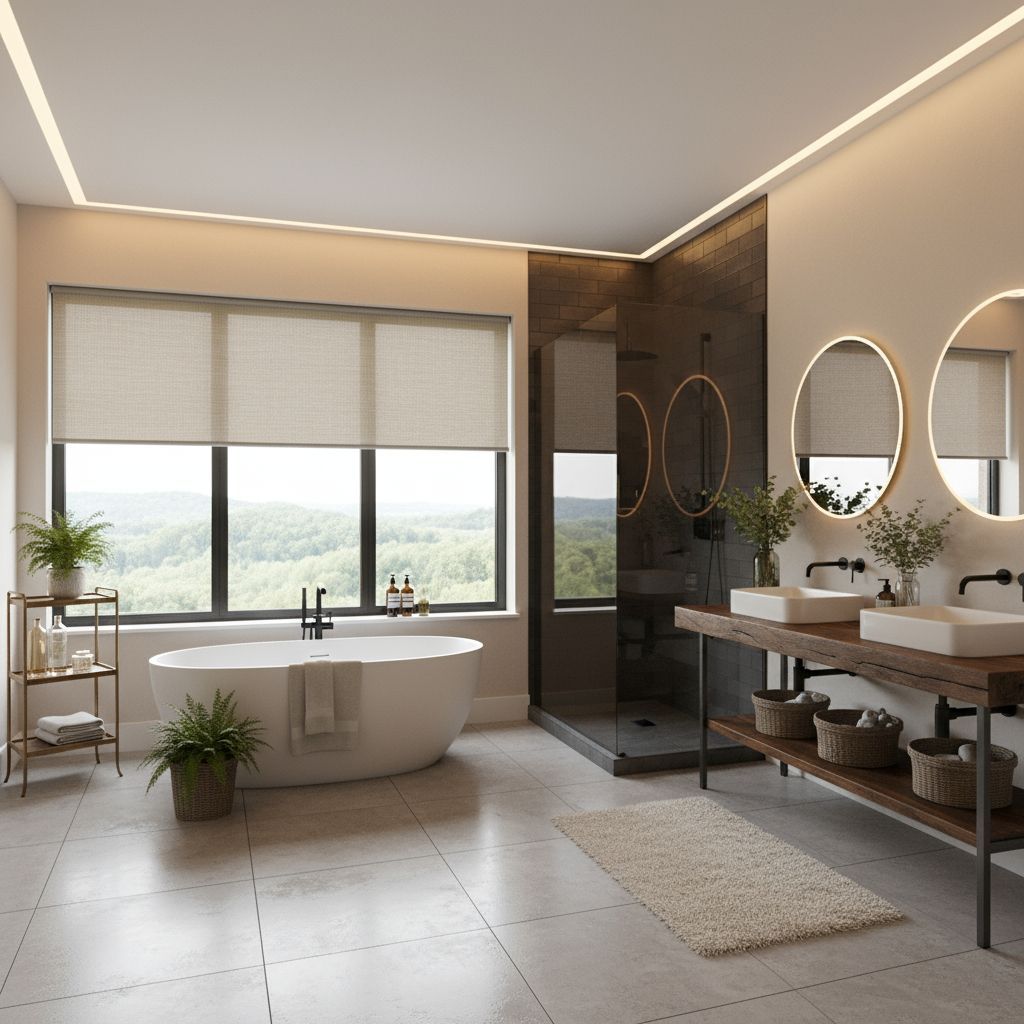
- Living Room: Blinds or shades for daytime control, curtains for evening style
- Bedroom: Cellular shades with blackout curtains for comfort and darkness
- Kitchen: Faux wood blinds or vinyl shutters for moisture resistance
- Bathroom: Composite shutters or moisture-safe blinds for durability
- Home Office: Motorized shades or blinds for quick light changes
Style and Installation Tips
- Hang curtains higher and wider than the window to create a larger appearance
- Use double rods to combine sheer and blackout panels
- Choose fabrics that match your lifestyle; easy-clean fabrics for busy spaces
- Go cordless for child and pet safety
- For large windows, consider vertical blinds or panel track shades
Always aim to choose materials, colors, and styles that complement your furniture and flooring — this creates a cohesive, designer-quality look without the need for a full room makeover.

